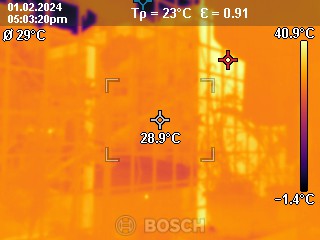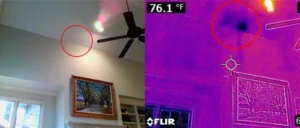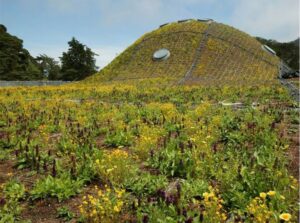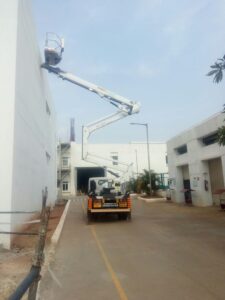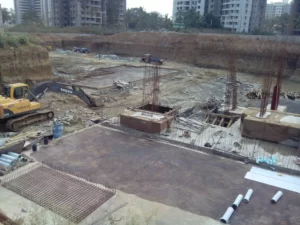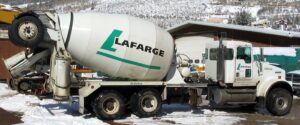Thermography: Unveiling Hidden Leaks and Dampness
Table of Contents
1. Introduction to thermography
Challenges in Detecting Hidden Leaks and Dampness Welcome to our latest insight at Geoliz Waterproofers Pvt. Ltd. – a foray into the world of advanced leak detection and moisture management. In buildings, whether they be residential, commercial, or industrial, one of the most persistent challenges is the detection of hidden leaks and dampness. These issues, often concealed within walls, under floors, or in hard-to-reach areas, can lead to significant damage, including structural compromise, mold growth, and costly repairs. Unfortunately, traditional methods of detection are often invasive, time-consuming, and not always accurate, leaving property owners and maintenance teams in a bind.
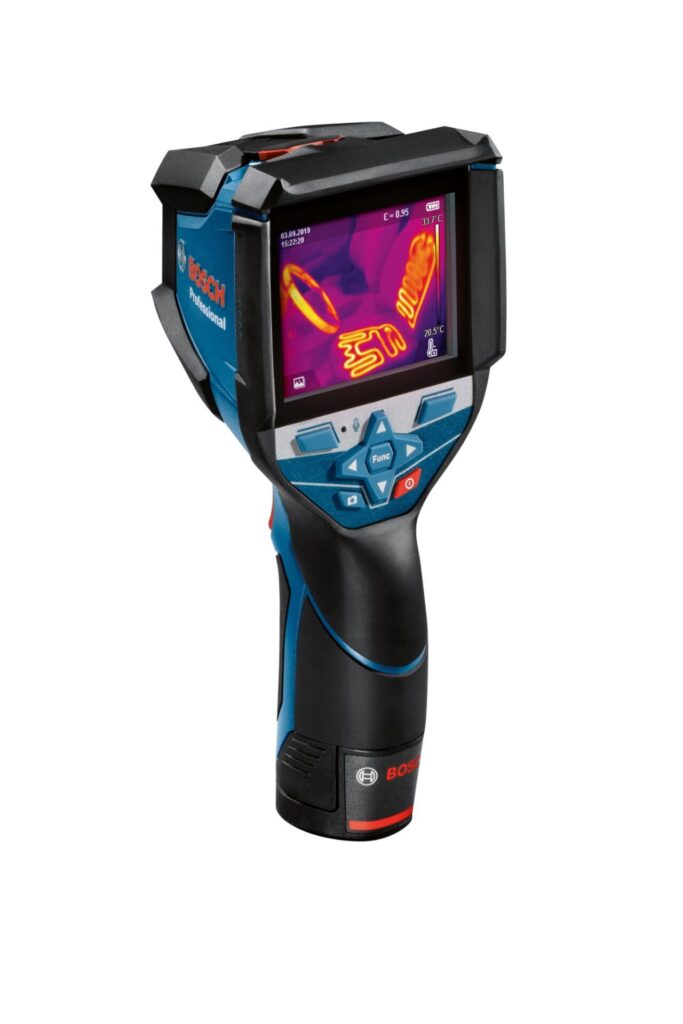
Thermography: A Revolutionary Solution Enter thermography – a state-of-the-art technology that has revolutionized how we approach the problem of hidden leaks and dampness. At Geoliz Waterproofers Pvt. Ltd., we harness the power of thermal imaging to detect and diagnose moisture-related issues with unprecedented precision. Thermography works by capturing the infrared energy or heat emitted from surfaces, allowing us to visualize temperature variations that signify moisture presence, thus pinpointing the exact location of leaks and damp areas.
Purpose of the Blog The aim of this blog is twofold. First, to educate our readers about the incredible benefits and inner workings of thermography, particularly in the context of detecting water leakages and hidden dampness. Second, to showcase how Geoliz Waterproofers Pvt. Ltd. utilizes this advanced technology to provide top-notch waterproofing solutions, ensuring the longevity and integrity of your property. Join us as we delve into the world of thermal imaging and explore how it is reshaping the landscape of leak detection and dampness diagnosis.
2. What is Thermography?
Defining Thermography in Building Inspections Thermography, in the realm of building inspections, is a cutting-edge diagnostic tool used by professionals like Geoliz Waterproofers Pvt. Ltd. This technology involves the use of infrared imaging to capture and visualize the heat emitted from various surfaces of a building. Unlike traditional inspection methods, thermography does not rely on visible light; instead, it detects and measures the infrared radiation (heat energy) that all objects naturally emit.
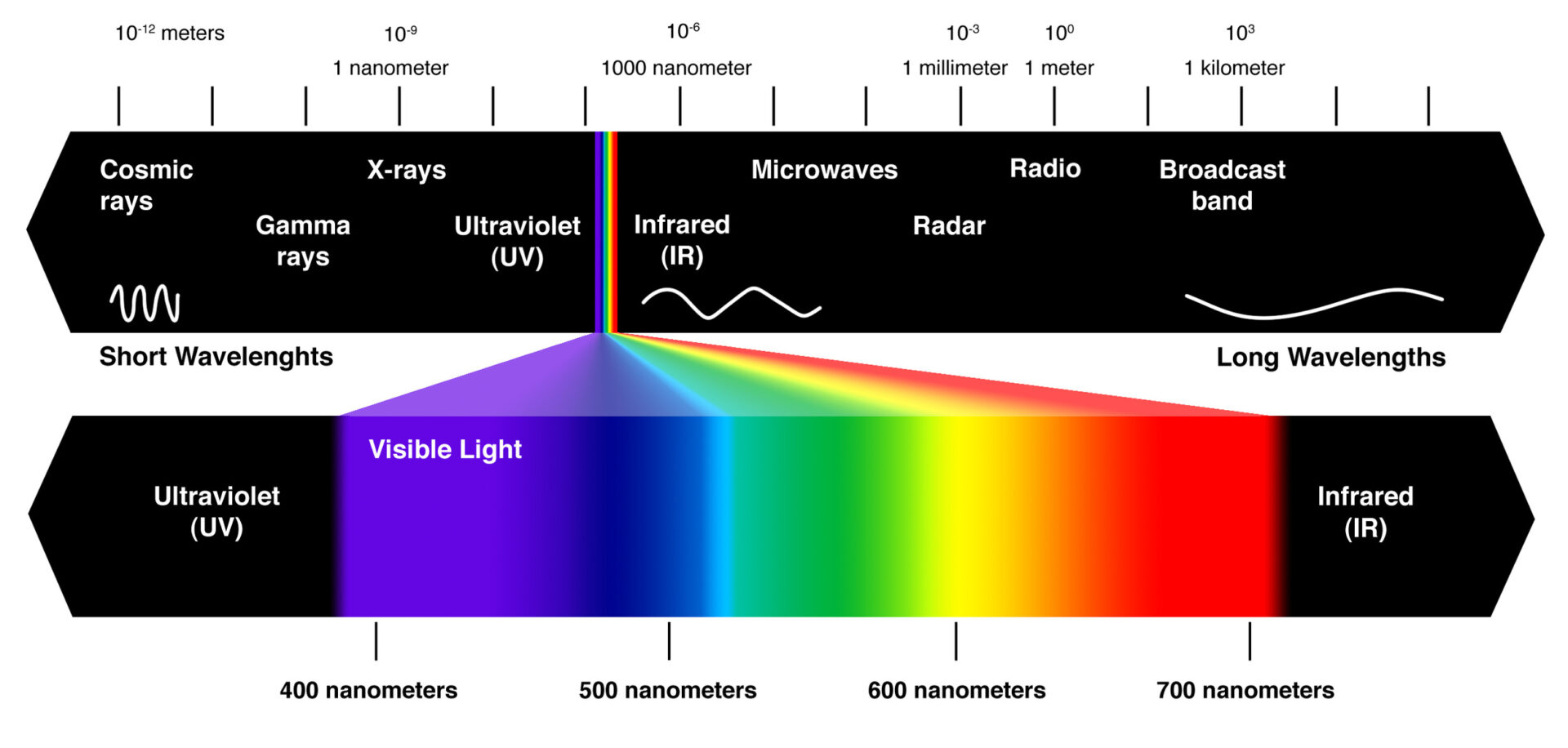
The Science Behind Thermal Imaging The core of thermal imaging lies in its ability to detect infrared radiation. Every object, based on its temperature, emits a certain amount of infrared energy. A thermal camera captures this energy and converts it into an image known as a thermogram. This image uses a color palette to represent different temperatures – warmer areas might appear in reds and yellows, while cooler areas may be depicted in blues and purples. This variation in colors helps in identifying temperature discrepancies on the surface of structures, which can indicate potential issues such as leaks or dampness.
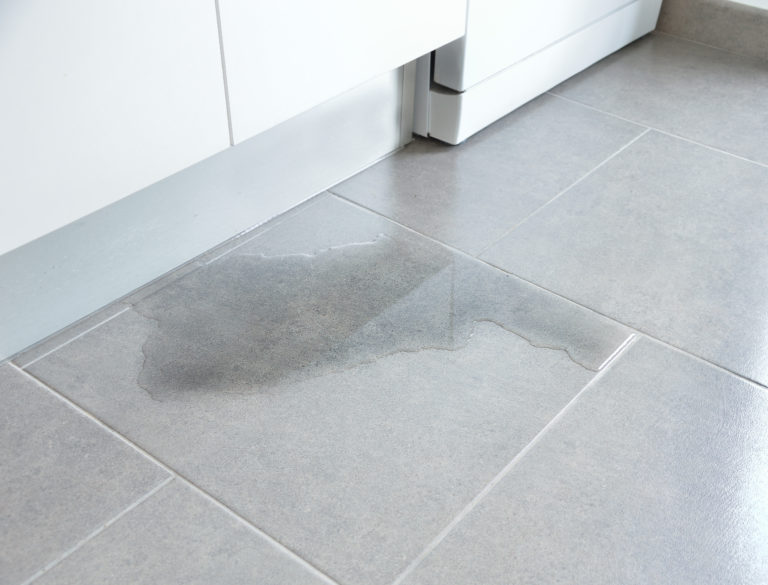
Non-Invasive Nature and Effectiveness One of the most significant advantages of thermography is its non-invasive nature. Traditional methods might require drilling or dismantling parts of the structure to diagnose issues, but thermal imaging can be performed without any physical interaction with the building’s surface. This aspect not only makes the inspection process less disruptive but also saves time and reduces potential damage to the property.
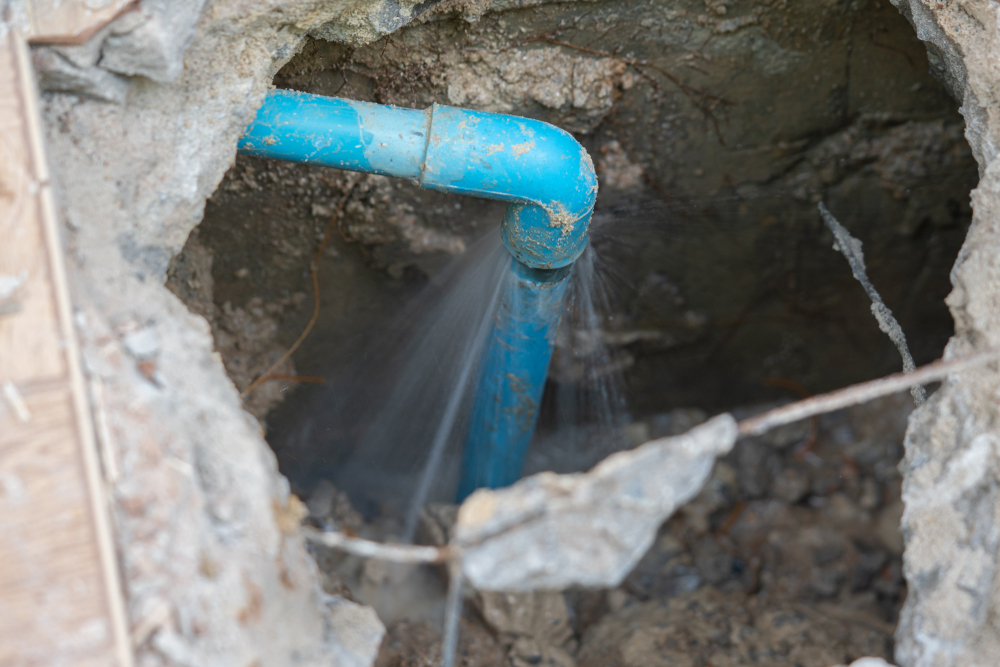
Moreover, thermography is highly effective in identifying problems that are not visible to the naked eye. For instance, water leakages inside walls, under floors, or above ceilings can be difficult to detect until the damage becomes severe. Thermography helps in early detection of these issues, allowing for prompt and targeted repairs. This early intervention can prevent extensive damage and save on costly repairs.
In essence, thermography, as utilized by Geoliz Waterproofers Pvt. Ltd., offers a sophisticated, efficient, and non-destructive means of inspecting buildings for hidden leaks and dampness. By visualizing temperature variations, it helps in pinpointing problem areas quickly and accurately, ensuring the health and safety of the structure.
3. The Problem of Hidden Leaks and Dampness
Hidden leaks and dampness within a building structure are more than just a nuisance; they can lead to a cascade of problems, some of which pose serious risks to the building’s integrity and the health of its occupants.
Common Issues Caused by Leaks and Dampness
Mold Growth: One of the most immediate and concerning consequences of unchecked moisture is the growth of mold. Mold thrives in damp environments and can spread rapidly. It not only damages the surfaces it grows on but can also lead to health problems, especially in individuals with respiratory issues or allergies.
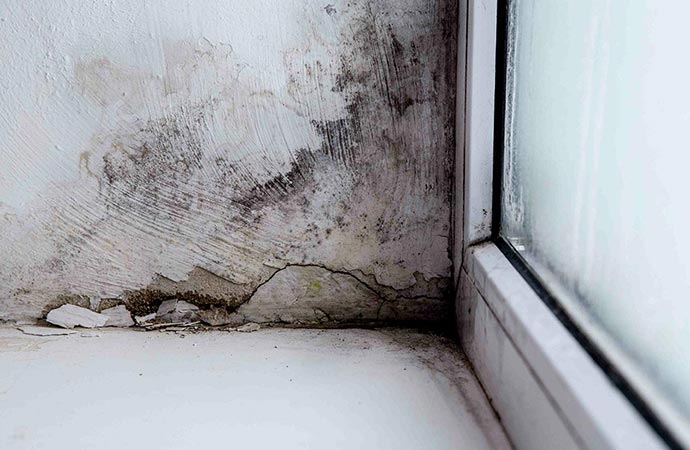
Structural Damage: Water intrusion, if not addressed, can compromise the structural integrity of a building. Wood that is exposed to moisture for extended periods can rot, weakening critical structural elements. Metal components may rust and corrode, and continuous dampness can also lead to the deterioration of masonry and foundation materials.
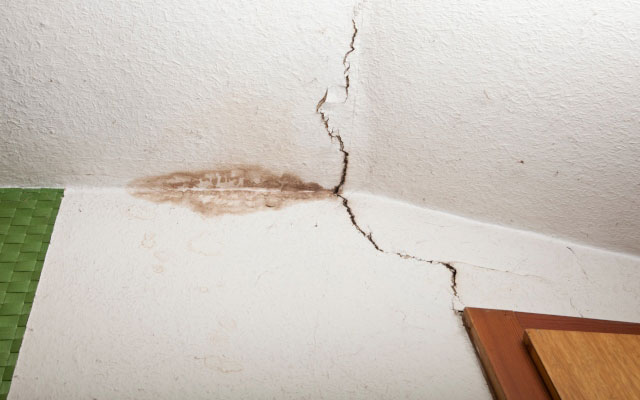
Energy Loss: Moisture problems can affect a building’s thermal efficiency. Wet insulation loses its effectiveness, leading to increased heat loss in the winter and heat gain in the summer, thereby driving up energy costs.
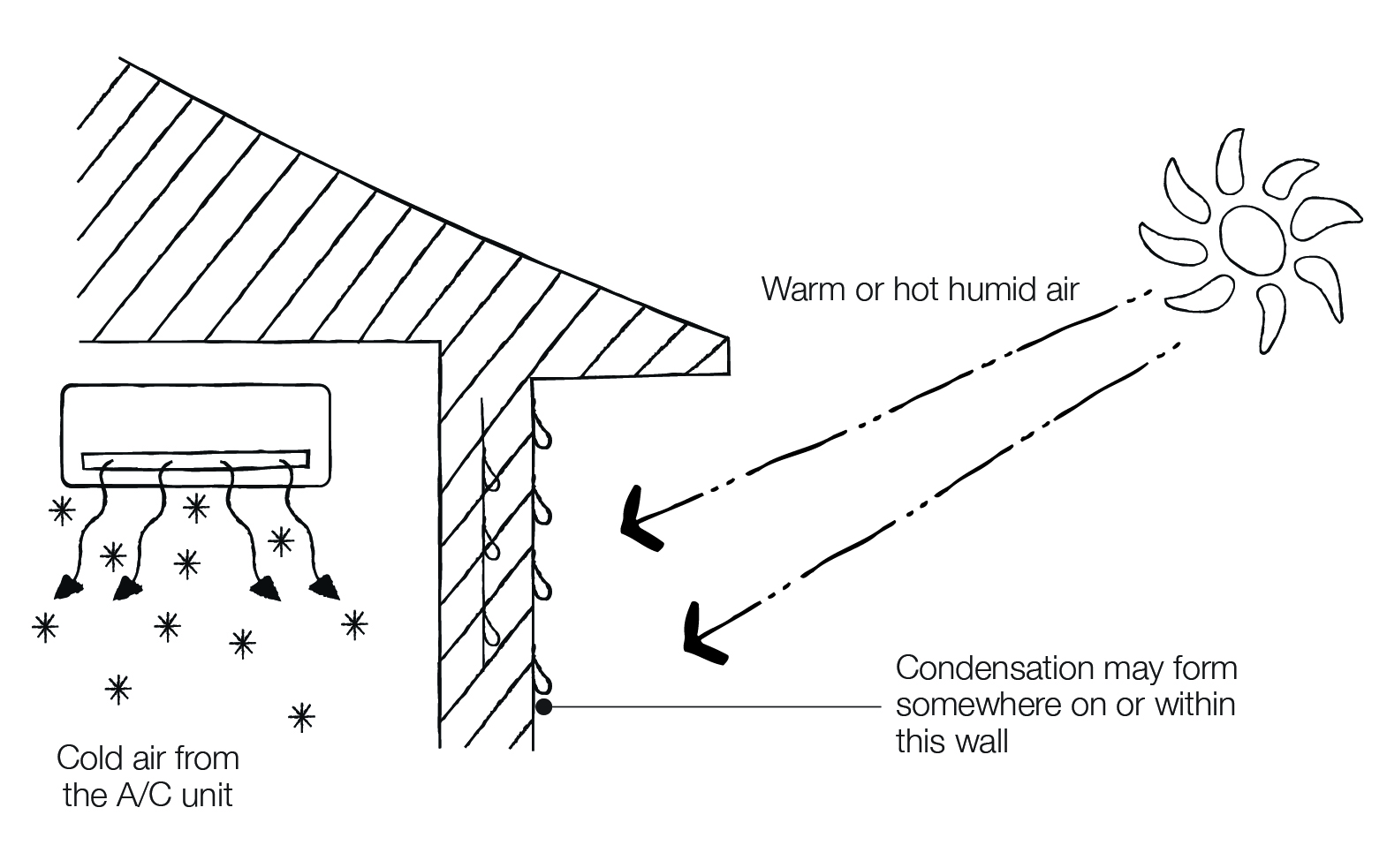
Aesthetic Damage: Apart from the structural risks, water leaks can cause staining, peeling wallpaper, and other forms of cosmetic damage that detract from the appearance and value of the property.
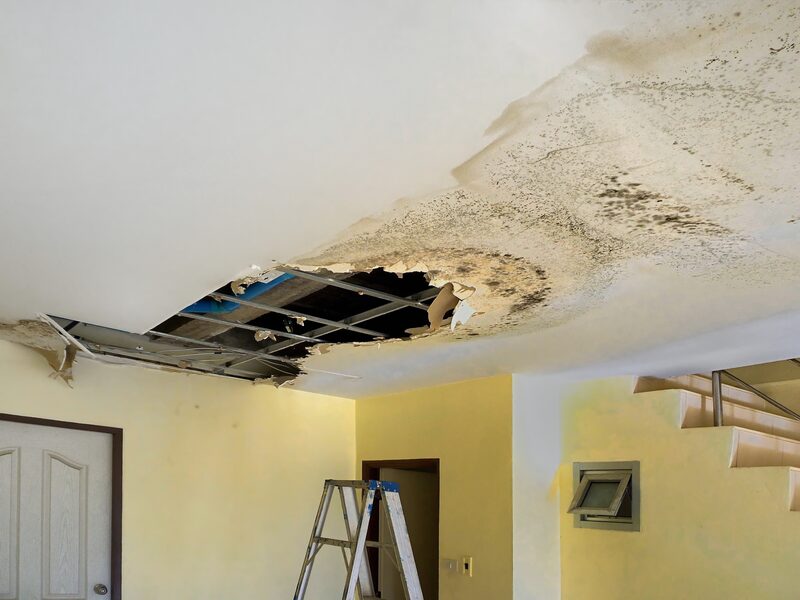
Challenges in Traditional Methods of Leak Detection
Traditional methods of detecting leaks and dampness often fall short in efficiency and effectiveness. These methods might include visual inspections, the use of moisture meters, or more invasive techniques such as cutting into walls or digging around a property’s foundation.
- Limited Reach and Visibility: Visual inspections can only identify problems that are visible on the surface. Issues hidden behind walls, above ceilings, or below floors often go unnoticed until significant damage has occurred.
- Invasiveness and Damage: Invasive methods can cause damage to the property, leading to additional repair costs. For example, to locate a leak, it might be necessary to remove sections of walls or flooring, which is disruptive and costly.
- Inaccuracy: Tools like moisture meters can provide false readings due to various factors like surface materials or ambient humidity, leading to misdiagnosis or overlooked problems.
- Time-Consuming and Costly: These traditional methods are often time-consuming, requiring extensive labor and potentially multiple visits to diagnose and locate the issue accurately.
Given these challenges, the need for a more accurate, non-invasive, and efficient method for detecting hidden leaks and dampness is clear. This is where thermography, as employed by Geoliz Waterproofers Pvt. Ltd., becomes a game-changer, offering a sophisticated solution to these age-old problems.
4. How Thermography Identifies Leaks and Dampness
Thermography, using infrared imaging, is a powerful tool in the detection of leaks and dampness within building structures. This section explores how thermography accomplishes this, the equipment used, and real-world applications where it has proven effective.
Detecting Temperature Differences The principle behind thermography in leak detection is based on the fact that water has a different thermal capacity than most building materials. When there is a leak or dampness, the water alters the thermal conductivity of the material. This change in conductivity causes temperature variations, which are then captured by the thermal camera. The camera visualizes these temperature differences in a color-coded image, making it possible to identify the exact location of the problem. For instance, a damp area in a wall might appear cooler (in blues and purples) compared to the surrounding dry areas.
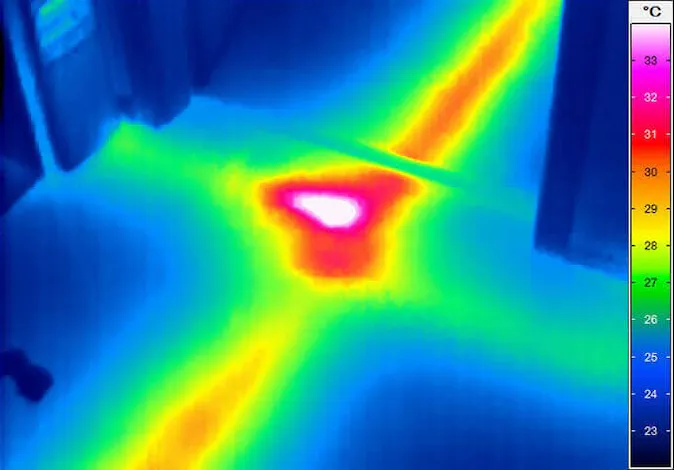
Equipment Used in Thermography
Modern thermal imaging cameras, such as the Fluke PTi120 Thermal Imaging Camera and the Bosch Professional GTC 600 C Thermal Camera, represent the pinnacle of technology in non-invasive leak detection. These compact, handheld devices are adept at quickly identifying leaks, moisture, and even mold within structures. They achieve this by measuring subtle temperature differences — a capability vital for detecting moisture behind surfaces like walls or beneath floors, provided conditions are right.
The Bosch Professional GTC 600 C, in particular, stands out for its high-resolution imaging and user-friendly interface, which together facilitate detailed and accurate diagnostics. This device, alongside others like the Fluke PTi120, exemplifies the advanced technology available in the field of thermography.
A typical setup for comprehensive moisture assessment might include a combination of these infrared cameras, along with additional tools such as thermal hygrometers, data-loggers, and specialized moisture meters. This arsenal of equipment allows for a thorough and precise evaluation of moisture-related issues, providing a clear picture of the underlying problems and aiding in the formulation of effective solutions.
In the hands of skilled professionals, these tools transform the process of identifying and addressing leaks and dampness from a cumbersome and often destructive task into a more efficient, accurate, and non-destructive operation.
Case Studies and Examples In real-world scenarios, thermal imaging has been instrumental in identifying hidden problems that were not visible during traditional inspections. For instance, in building inspections and forensic investigations, thermal imaging has successfully pinpointed leaks in low, sloped roofs, plumbing or HVAC failures, and insulation failures. It has also been effective in detecting water intrusion from various exterior components of buildings. In one example, a thermal camera identified a continuous anomaly from the ceiling to the floor, suggesting a leak from the roofline or a ceiling transition area, which traditional methods like moisture meters might have missed or taken longer to detect.
The use of thermal imaging has revolutionized the approach to detecting leaks and dampness, making the process more efficient, accurate, and less intrusive. This technology not only aids in early detection but also in the effective planning of remedial actions, ultimately saving time and reducing the costs associated with property damage.
5. Advantages of Using Thermography
Thermography, as a method for detecting leaks and dampness, has several advantages over traditional detection methods. These benefits are particularly evident when comparing its accuracy, speed, cost-effectiveness, and safety aspects.
Accuracy and Early Detection
- Superior Accuracy: Thermography detects temperature variations caused by moisture and leaks with high precision. Unlike visual inspections, which can miss hidden issues, or moisture meters, which may give false readings, thermal imaging provides a more accurate and comprehensive view of the problem areas. This accuracy is crucial in early detection, preventing minor issues from escalating into major ones.
- Early Problem Identification: With its ability to detect subtle temperature differences, thermography can identify potential issues before they become visible or cause significant damage. Early detection is key in preventing extensive repair costs and structural damage.
Speed and Efficiency
- Quick Diagnosis: Thermal imaging cameras can scan large areas swiftly, making the process of identifying leaks and dampness much faster than traditional methods. This speed is beneficial in emergency situations or during routine inspections to ensure timely interventions.
- Non-Invasive Inspections: Unlike some traditional methods that require physical contact with the structure, such as drilling or dismantling, thermography is completely non-invasive. This feature not only speeds up the inspection process but also eliminates the risk of causing further damage during the diagnostic phase.
Cost-Effectiveness
- Reduced Inspection Costs: By identifying problems early and accurately, thermography helps in avoiding the high costs associated with major repairs. Also, its non-invasive nature reduces the need for additional repair work post-inspection.
- Energy Savings: By identifying areas of energy loss due to poor insulation or hidden leaks, thermal imaging can lead to significant energy savings, making it a cost-effective solution in the long run.
Safety Aspects
- Enhanced Safety: Thermal imaging can be conducted from a safe distance, which is particularly advantageous in hazardous areas or for inspecting hard-to-reach places. This aspect enhances safety for inspectors and reduces the risk of accidents during inspections.
- Health Benefits: By detecting mold and moisture early, thermography helps in mitigating health risks associated with mold exposure, contributing to a healthier living or working environment.
6. Practical Applications
Thermography, as employed by Geoliz Waterproofers Pvt. Ltd., has numerous practical applications across various sectors. Its ability to detect water leakages, hidden leaks, and dampness without causing damage makes it an invaluable tool in many scenarios.
Residential Buildings
- Home Inspections: In residential properties, thermography is used to identify hidden water leaks, insulation defects, and electrical issues. This is crucial in preventing long-term damage and maintaining the structural integrity of the home.
- Mold Prevention: By detecting dampness in walls, ceilings, and floors, thermography helps in identifying potential mold growth areas, safeguarding the health of residents.
Commercial Properties
- Facility Management: In commercial buildings, such as offices or shopping centers, thermal imaging is vital for routine maintenance. It helps in identifying leaks in roofs, plumbing issues, or HVAC system malfunctions.
- Energy Efficiency: Commercial properties often use thermography to pinpoint areas of energy loss, leading to significant savings on utility bills and enhancing the building’s overall energy efficiency.
Historical Structures
- Preservation Efforts: Thermography plays a critical role in the preservation of historical structures. It helps in identifying moisture without the need for invasive techniques that could damage these valuable properties.
- Restoration Work: During restoration, thermal imaging assists in assessing the extent of water damage or deterioration, guiding the restoration process accurately and effectively.
Preventative Maintenance
- Early Detection: Regular thermographic inspections can detect early signs of wear and tear in buildings. By addressing these issues promptly, major repairs and associated costs can be avoided.
- Long-term Planning: Thermography aids in predictive maintenance, helping facility managers and property owners plan for future repairs and upgrades based on accurate, real-time data.
In all these applications, thermography, as a service offered by Geoliz Waterproofers Pvt. Ltd., stands out for its non-destructive nature, accuracy, and cost-effectiveness. Whether it’s a modern high-rise, a cozy family home, or a centuries-old cathedral, thermography provides a crucial insight into the health of the building, ensuring that both minor issues and potential crises are addressed with precision and foresight.
7. Limitations of Thermography
While thermography is a highly effective method for detecting leaks and dampness, it’s important to be aware of its limitations and how to navigate them effectively.
Dependence on Temperature Differences Thermography primarily relies on identifying temperature variations to detect leaks and dampness. Therefore, if the leaking water or damp area has a temperature very similar to its surroundings, it might be challenging for the camera to accurately pinpoint the source of the leak.
Environmental Factors The effectiveness of thermal imaging can be influenced by environmental factors. For instance, direct sunlight, wind, or temperature changes can affect the accuracy of the readings.
Surface Limitations Thermal cameras cannot “see” through surfaces. They detect the surface temperature of the first object in their line of sight. This means that they cannot see through walls or other solid surfaces to directly observe hidden leaks or dampness but rather infer their presence through surface temperature differences.
Tips to Overcome Limitations
- Complementary Inspections: In scenarios where thermography may not provide conclusive results, it can be supplemented with other inspection methods like traditional moisture meters or acoustic leak detectors.
- Environmental Control: Conducting inspections during stable environmental conditions, such as avoiding windy or excessively sunny days, can improve accuracy.
- Expert Analysis: Having experienced professionals interpret thermal images is crucial, as they can distinguish between false positives and genuine issues.
In summary, while thermography, as utilized by companies like Geoliz Waterproofers Pvt. Ltd., offers significant advantages in leak and dampness detection, understanding and navigating its limitations is key to maximizing its effectiveness. This often involves complementing thermography with other inspection methods and relying on expert interpretation to accurately diagnose and address potential issues.
8. Choosing a Thermography Service
When selecting a professional thermography service like Geoliz Waterproofers Pvt. Ltd., there are several key factors to consider ensuring you receive reliable and accurate results:
Certifications and Training
- Level of Certification: Look for a service provider with certified thermographers. The certification levels (Level 1, 2, and 3) indicate the depth of their training and expertise. Level 1 is for beginners, Level 2 is for those with some experience, and Level 3 is the most advanced, focusing on best practices and program management. Ensure that the thermographers are certified by reputable institutions or standards bodies like the American Society for Nondestructive Testing (ASNT) or similar organizations in other countries.
- Continuous Training: Check if the thermographers undergo continuous training to stay updated with the latest technological advancements and techniques in thermal imaging.
Experience
- Industry Experience: Experience in the specific area where you need service (residential, commercial, historical structures, etc.) is crucial. A provider with a diverse portfolio and years of practical experience can offer more reliable and comprehensive insights.
- Hands-On Experience: Practical, hands-on experience with various types of thermal imaging scenarios adds value to their service, as it indicates a deeper understanding of real-world applications.
Types of Equipment
- Quality of Equipment: The resolution and sensitivity of the thermal imaging cameras used can significantly impact the quality of the thermal imaging service. High-resolution cameras, like the Fluke PTi120 Thermal Imaging Camera or the Bosch Professional GTC 600 C Thermal Camera, provide more detailed and accurate images.
- Range of Equipment: A provider equipped with a variety of thermal imaging tools, including different types of cameras, hygrometers, and moisture meters, is more likely to offer comprehensive diagnostics.
Additional Considerations
- Reputation and References: Look for reviews, testimonials, or case studies from previous clients to gauge the provider’s reputation and effectiveness.
- Regulatory Compliance: Ensure the service provider adheres to local regulations and standards, especially if thermography is being used for critical inspections or in regulated industries.
- Insurance and Liability: Check if the provider has appropriate insurance coverage. This is important for protecting both parties in case of any unforeseen issues during the inspection process.
Remember, the right thermography service provider will not only have the technical expertise and equipment but will also understand your specific needs and provide tailored solutions. It’s worth taking the time to research and choose a provider that aligns with your requirements for the most effective and efficient thermal imaging.
9. Conclusion
Throughout this blog, we’ve explored the dynamic role of thermography in detecting leaks and dampness, highlighting its growing importance in building inspections.
Key Takeaways
- What Thermography Is: We began by defining thermography, particularly its use in building inspections, and explained the science behind its ability to visualize temperature variations through infrared imaging.
- The Challenges it Addresses: We looked at common problems caused by leaks and dampness, such as structural damage and mold, and discussed how traditional detection methods fall short compared to thermography.
- How it Works: The process of how thermography detects issues and the types of equipment used, like the Fluke PTi120 and Bosch Professional GTC 600 C Thermal Cameras, were detailed.
- Advantages Over Traditional Methods: The benefits of using thermography, including its accuracy, efficiency, cost-effectiveness, and safety aspects, were emphasized.
- Practical Applications: We showcased real-world scenarios where thermography plays a pivotal role, from residential to commercial and historical buildings, and its crucial role in preventative maintenance.
- Limitations and Solutions: While acknowledging the limitations of thermography, we provided insights into overcoming these challenges through complementary inspections and expert analysis.
- Choosing the Right Service: Criteria for selecting a professional thermography service, including certifications, experience, and equipment quality, were outlined.
The Importance of Thermography
Thermography stands out as an essential tool in modern building inspections, offering a non-invasive, accurate, and efficient solution for diagnosing hidden issues. Its role in early detection is invaluable in preventing minor problems from escalating into major, costly repairs.
Call to Action
For anyone facing challenges with building maintenance, especially in detecting hidden leaks and dampness, thermography is a solution worth considering. We encourage you to explore the possibilities and benefits that this technology offers. If you’re in need of professional thermography services, consider reaching out to experts like Geoliz Waterproofers Pvt. Ltd. to ensure your building’s health and integrity are maintained with the highest standards.
By embracing thermography, you’re not only safeguarding your property but also investing in a technology that brings peace of mind and long-term savings.
10. References and Further Reading
Here are the sources and references used in the creation of this blog, along with additional resources for further reading on thermography:
- Fluke Corporation: Provided information on thermography training and certification levels, as well as insights into the use of thermal imaging in various applications. Fluke’s Guide to Thermographer Certification
- Teledyne FLIR: Offered insights into practical applications and limitations of thermal imaging in leak detection. Teledyne FLIR on Thermal Imaging
- Institute for the Advancement of Medical Thermography: Discussed considerations for starting a thermography business, emphasizing the importance of high-quality equipment and training. Institute for the Advancement of Medical Thermography
- Thermal Image Device: This resource provided a comprehensive overview of the advantages and disadvantages of thermal imaging. Thermal Imaging Advantages and Disadvantages
For those looking to delve deeper into the topic of thermography, especially in the context of building inspections and leak detection, these sources offer a wealth of information. Whether you’re a professional seeking to expand your knowledge or a homeowner interested in the latest in home maintenance technology, these resources provide valuable insights into the world of thermal imaging.
GEOLIZ WATERPROOFERS PVT. LTD.
Waterproofing Products & Services Guide
For details on other waterproofing products & Services

